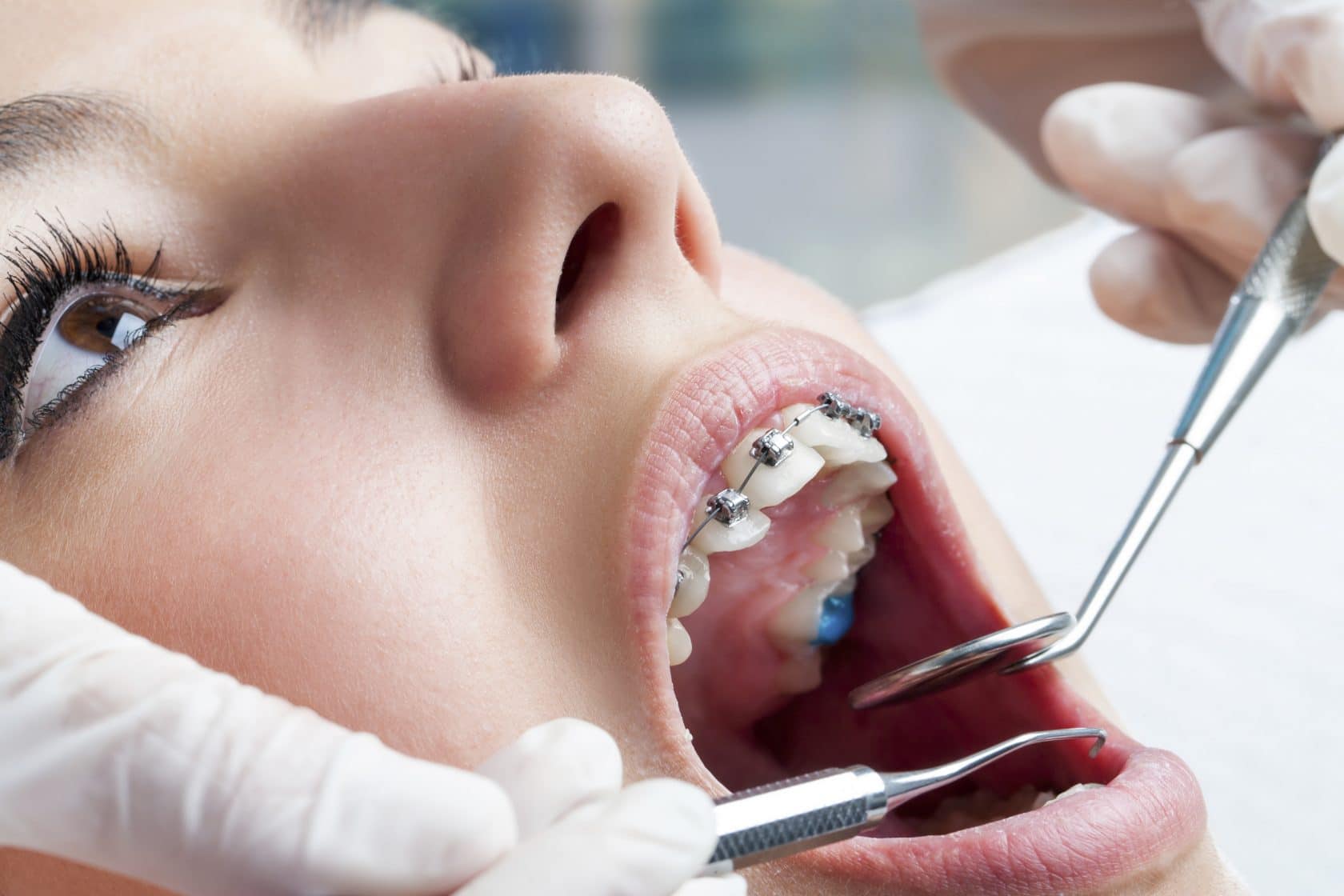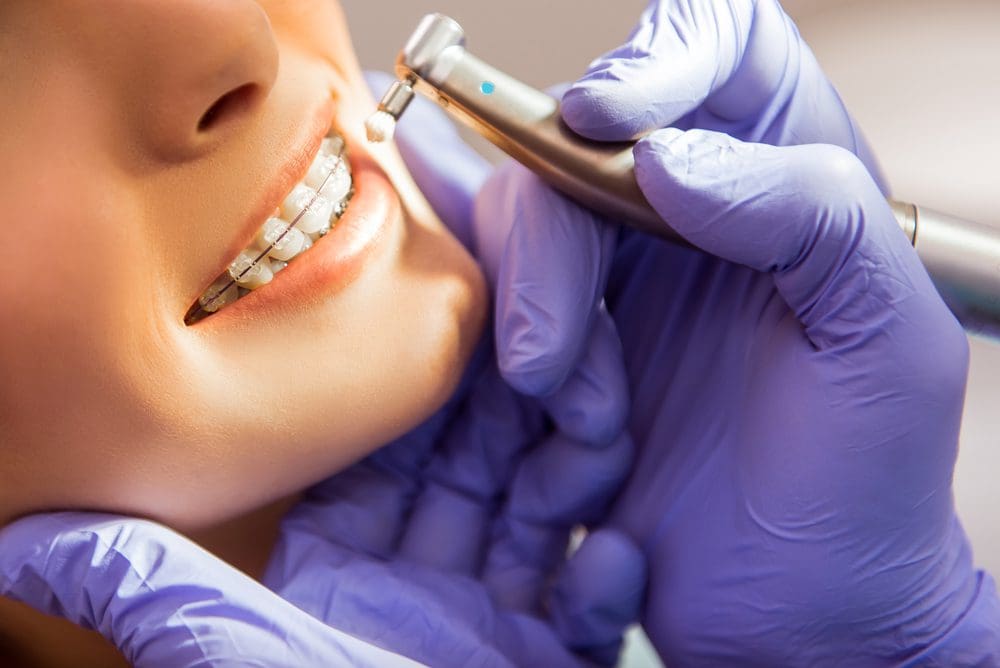Finding the Right Cumming Orthodontist for Your Braces and Aligners Needs
Comprehensive Overview to Orthodontics Procedures for Correcting Dental Misalignments
Comprehending the ins and outs of each treatment, including their systems, benefits, and prospective disadvantages, is crucial in making educated choices regarding one's orthodontic treatment. As we browse via the thorough overview to orthodontic procedures for correcting oral imbalances, the complex information of each method will certainly unravel, dropping light on the path towards a useful and harmonious dental positioning.
Orthodontic Procedures Overview

Along with clear aligners and standard dental braces, orthodontists may also recommend various other treatments like headgear, palatal expanders, or retainers to attend to details alignment issues (cumming invisalign). These procedures are customized to every patient's special demands and might entail a combination of therapies to attain the wanted outcomes. Normal modifications and monitoring are critical components of orthodontic therapy to make certain progress gets on track and to make any needed adjustments along the road. By going through orthodontic treatments, people can not just accomplish a straighter grin yet also enhance their general dental health and function.
Standard Dental Braces: Exactly How They Function
When considering orthodontic therapies for oral misalignments, traditional braces stand apart as a time-tested approach for fixing teeth placing. Typical braces contain brackets, wires, and bands that interact to use continuous stress on the teeth, slowly moving them right into the preferred alignment. The braces are affixed to the teeth making use of a special adhesive, and the cords are threaded through the braces. By adjusting the stress of the wires, orthodontists can regulate the direction and pressure applied to each tooth, leading them into correct positioning with time.
One key facet of how conventional dental braces job is the process of bone improvement. As stress is put on the teeth with the dental braces, the bone bordering the teeth is reshaped to support the new tooth placements. This makeover is necessary for the long-term stability of the remedied placement. Patients will need normal changes at the orthodontist's office to make sure the dental braces remain to use the proper pressure for effective teeth motion.
Undetectable Aligners: Disadvantages and pros
These clear, personalized trays are essentially unnoticeable when put on, making them an attractive option for people seeking a much more aesthetically pleasing orthodontic therapy. Clients can get rid of the aligners before consuming or brushing their teeth, lowering the danger of food getting stuck in the device and simplifying the cleansing process.

Surgical Orthodontic Options
Surgical treatments in orthodontics existing viable options for dealing with complicated dental misalignments that may not be efficiently resolved through conventional orthodontic treatments. While invisible aligners and traditional dental braces can remedy many orthodontic issues, particular instances need surgical intervention to achieve ideal results. Surgical orthodontic options are typically recommended for extreme malocclusions, considerable jaw inconsistencies, and cases where the underlying bone framework requires alteration to accomplish proper alignment.
One usual medical orthodontic procedure is orthognathic surgery, which entails repositioning the jaws to deal with practical issues such as trouble talking or chewing. This surgery is frequently executed in partnership with an orthodontist who aids line up the teeth before and after the treatment. Surgical orthodontics may also involve treatments to expose influenced teeth, remove excess periodontal tissue, or improve the jawbone to create a much more harmonious face profile.
Before considering surgical orthodontic options, individuals undergo a detailed assessment to determine the requirement and potential benefits of such treatments. cumming aligners. While surgical treatment might seem daunting, it can dramatically enhance both the feature and visual appeals of the smile in instances where conventional orthodontic treatments drop short
Retainers and Post-Treatment Care

Failing to abide with post-treatment treatment guidelines can result in regression, where the teeth gradually move back in the direction of their initial placements. Regular retainer wear, great oral hygiene, and regular oral exams are crucial for keeping the outcomes accomplished with orthodontic surgery and ensuring the long-term security of the remedied dental positioning.
Final Thought
In conclusion, orthodontic procedures use different alternatives for remedying dental misalignments. Traditional braces use metal braces and cables to shift teeth right into appropriate positioning. Unnoticeable aligners provide an even more discreet alternative yet may not appropriate for all situations. Surgical orthodontic options are readily available for extra serious imbalances. Retainers are frequently utilized post-treatment to keep the brand-new placement. On the whole, orthodontic procedures can effectively enhance dental health and wellness and aesthetic look.
As we browse via the extensive overview to orthodontic procedures for remedying oral misalignments, the complex information of each method will certainly unfold, losing light on the path toward a unified and functional oral alignment. - cumming aligners
One of the most usual orthodontic treatments is the use of dental braces, which are composed of steel brackets and wires that apply mild stress to slowly change teeth right into the desired setting.When thinking about orthodontic therapies for oral imbalances, traditional braces stand out as a reliable method for fixing teeth placing. In addition, invisible aligners may not be suitable for complex orthodontic problems that need even more significant teeth motion, as they are normally advised for check out this site light to modest instances. Retainers are custom-made orthodontic devices designed to hold teeth in their dealt with Visit Your URL positions after the conclusion of orthodontic therapy.